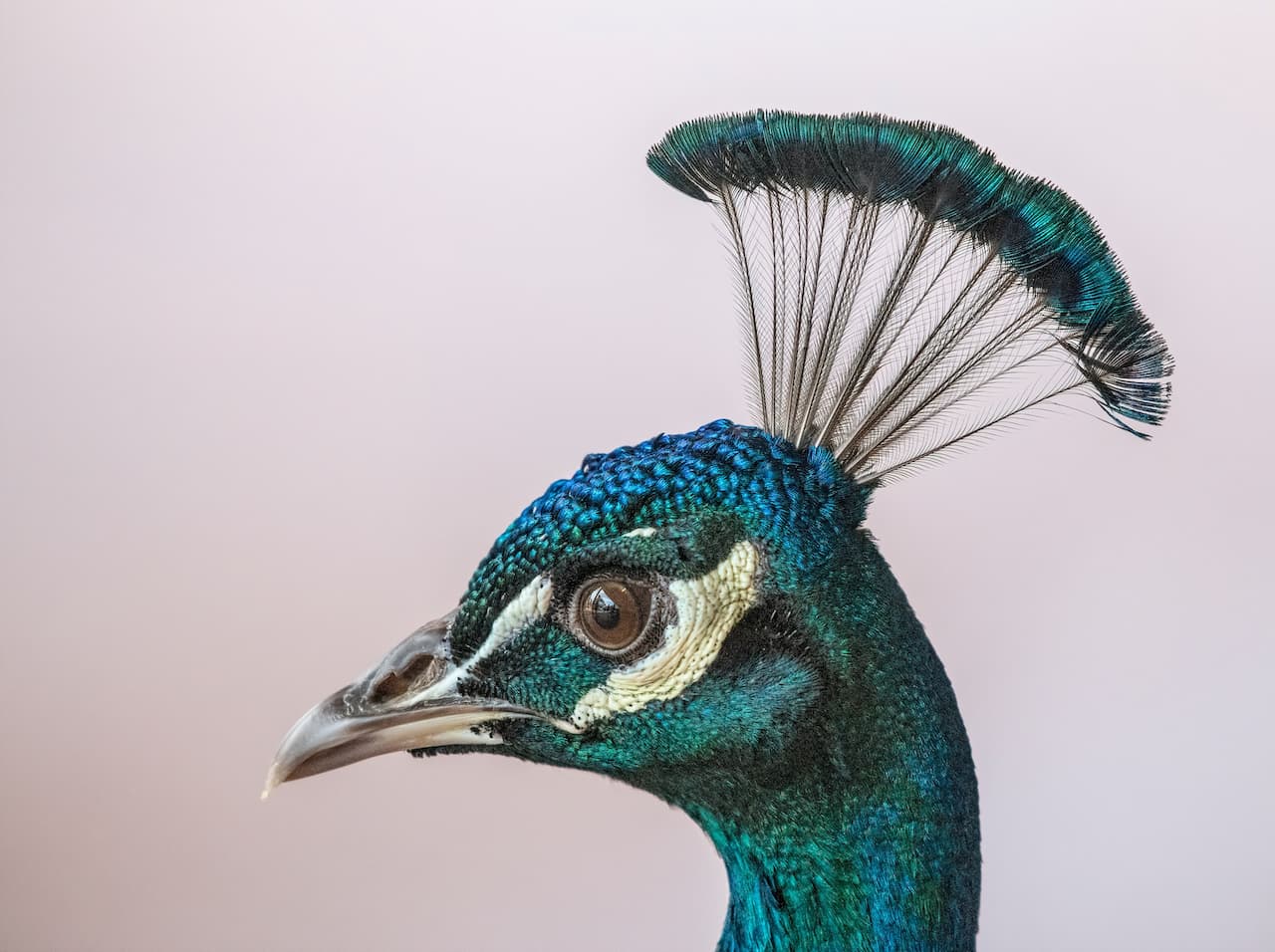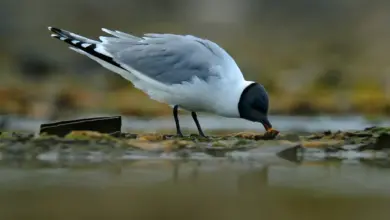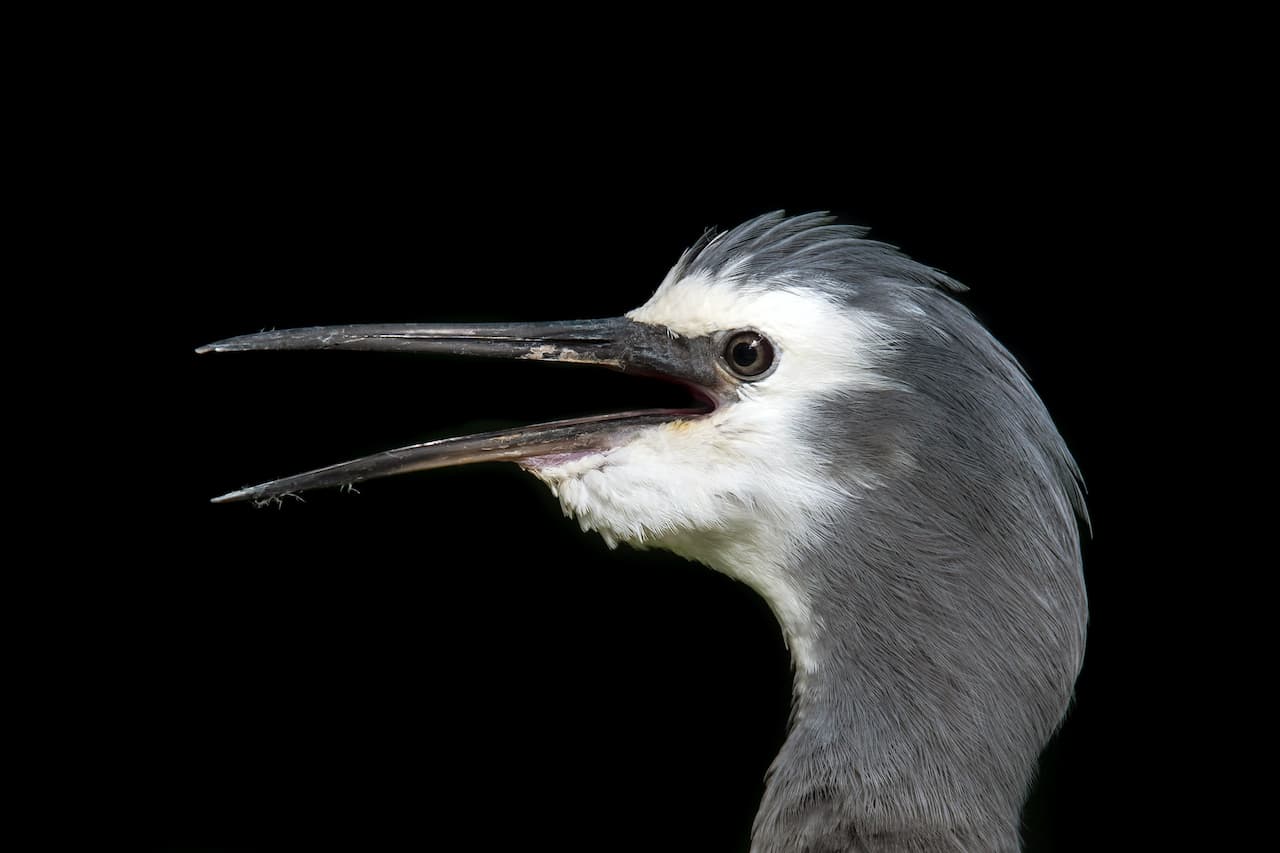Dabbling Ducks
Dabbling Ducks (Anatinae) have a worldwide distribution and includes 8 genera and 50 – 60 living species.
Dabbling Ducks are named for the way they feed at the surface of water, by “dabbling” – moving the bill around in water while feeding, rather than by diving – as is typical of “diving ducks.”
Dabbling Ducks, on the other hand, rarely dive for food.
They have flat, broad bills and float high on the water while swimming.
They are strong fliers and those occurring in northern parts, are highly migratory, moving south for the winter.
They are typically found in freshwater ponds or estuaries.
They tend to be very vocal and are often heard before seen.

Taxonomy
Confirmed Genera / Subspecies
- Anas
- Crested Ducks – Lophonetta – formerly part of Anas
- Bronze-winged Ducks – Speculanas – formerly part of Anas
Disputed / Uncertain / Still to be Confirmed Genera / Subspecies
- Amazonetta – currently listed as a dabbling duck, but authorities place it into Ptaiochen
- Aix
- Wood Duck (Aix sponsa)
- Mandarin Duck (Aix galericulata).
- Cairina
- Muscovy Duck, Cairina moschata
- White-winged Wood Duck, Cairina scutulata
- Callonetta
- Chenonetta
- Pteronetta
- Nettapus
- Sarkidiornis
- Tachyeres

Diet / Feeding:
Dabbling Ducks usually feed by dabbling, upending (feeding upside down in water) or grazing on land. It may submerge its head and on occasion even dive to reach food.
In the breeding season it eats mainly aquatic invertebrates, such as crustaceans, insects and their larvae, mollusks and worms. In winter, it shifts to a largely granivorous diet, feeding on seeds of aquatic plants and grasses, including sedges and grains.
Diurnal throughout the breeding season, in winter they are often crepuscular or even nocturnal feeders.
Ducks generally feed on larvae and pupae often found under rocks, as well as aquatic animals, plant material, seeds, small fish, snails and crabs.
Feeding Ducks …
We all enjoy ducks and many of us offer them food to encourage them to come over and stay around – and it works! Who doesn’t like an easy meal!
However, the foods that we traditionally feed them at local ponds are utterly unsuitable for them and are likely to cause health problems down the road.
Also, there may be local laws against feeding this species of bird – so it’s best to check on that rather than facing consequences at a later stage.
- Foods that can be fed to Ducks, Geese and Swans to survive cold winters and remain healthy when food is scarce in their environment.
Please note that feeding ducks and geese makes them dependent on humans for food, which can result in starvation and possibly death when those feedings stop.
If you decide to feed them, please limit the quantity to make sure that they maintain their natural ability to forage for food themselves – providing, of course, that natural food sources are available.





